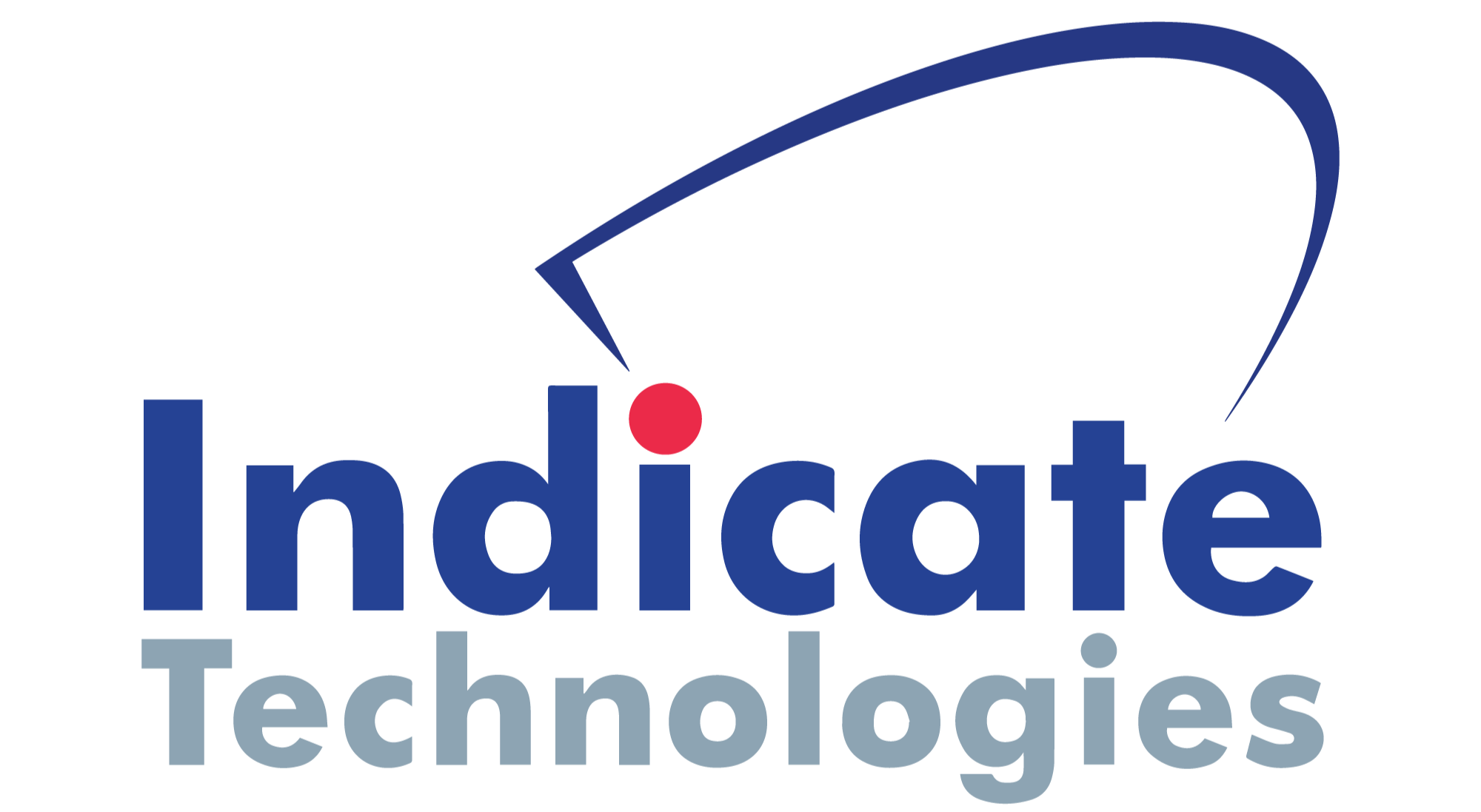An introduction to
Selective Laser Sintering (SLA)
Selective Laser Sintering (SLS) is known for producing durable, functional parts with complex geometries and high precision. It is an advanced 3D printing technology that utilizes a high-power laser to fuse small particles of polymer powder into a solid structure based on a digital model. Developed in the 1980s by Dr. Carl Deckard and his team at the University of Texas, SLS has since evolved into a versatile and widely used additive manufacturing process.
How SLS 3D Printing Works
SLS 3D printing operates through a process of layer-by-layer construction using powdered materials.
Design and Slicing
The process begins with creating a digital 3D model using CAD software, which is then sliced into thin layers by slicing software.
Powder Bed Preparation
A thin layer of polymer powder (typically nylon or other thermoplastics) is spread across the build platform.
Laser Sintering
A high-powered laser selectively scans the powder bed, sintering (heating and fusing) the powder particles together to form a solid layer according to the sliced model.
Layer Building
After a layer is sintered, the build platform lowers slightly, and a new layer of powder is spread over the previous layer. The laser then sinters the next layer of powder. This process is repeated until the entire part is formed.
Cooling and Unpacking
Once the printing is complete, the powder bed needs to cool down before the parts can be removed. The unfused powder acts as a natural support structure, eliminating the need for additional support materials.
Post-Processing
The printed parts are cleaned to remove any residual powder. Additional post-processing steps such as polishing, dyeing, or coating may be performed to achieve the desired finish and properties.
Advantages of SLS
Complex Geometries
SLS can produce parts with intricate designs and complex geometries that are difficult or impossible to achieve with traditional manufacturing methods.
No Need for Support Structures
The unsintered powder supports the part during printing, allowing for the creation of overhangs and internal features without additional support structures.
Material Versatility
A wide range of materials can be used in SLS, including various types of nylon, composites, and even metal powders for certain specialized systems.
Durability and Functionality
SLS parts are typically strong and durable, suitable for functional prototypes and end-use applications.
Formlabs
Fuse 1+ 30W
The Fuse 1+ 30W and Fuse Sift bring the industrial power of Selective Laser Sintering (SLS) to your benchtop, providing prototyping and production at a tenth of the cost of existing SLS machines, all with the efficient end-to-end workflow that Formlabs is known for.
Fuse 1
Bring production-ready nylon 3D printing onto your benchtop with an affordable, compact selective laser sintering (SLS) platform. The Fuse 1 delivers industrial power in a small footprint with effective powder containment and easy setup.
Materials Used in SLS 3D Printing
SLS 3D printing relies on fine powders that are fused together using a laser. These powders can be made from a variety of materials, each offering different properties and suited to different applications. The most commonly used materials include:
Nylon (Polyamide) Powders
Nylon 12 (PA 12) - One of the most commonly used materials in SLS. It offers a good balance of strength, flexibility, and durability, making it suitable for a wide range of applications from functional prototypes to end-use parts.
Nylon 11 (PA 11) - Derived from renewable sources, PA 11 is more flexible and impact-resistant than PA 12. It is often used in applications requiring higher ductility and resistance to chemical or environmental stress.
Glass-Filled Nylon
This is a composite material where nylon powder is mixed with glass beads. The result is a material that is stiffer and more dimensionally stable, suitable for parts that need to withstand higher mechanical loads.
Alumide
A blend of nylon and aluminum powder, Alumide produces parts with a metallic appearance and enhanced stiffness and thermal conductivity. It is often used for prototyping and functional parts in automotive and aerospace industries.
TPU (Thermoplastic Polyurethane)
TPU powders are used for creating flexible, rubber-like parts. They are ideal for applications such as gaskets, seals, and flexible prototypes.
Polypropylene (PP)
Polypropylene powders offer good chemical resistance and flexibility. They are used in applications where these properties are critical, such as automotive components and chemical storage containers.
Metal Powders
While more commonly associated with Direct Metal Laser Sintering (DMLS) or Selective Laser Melting (SLM), some SLS systems can process metal powders to create strong and durable metal parts for industrial applications.
Applications
Prototyping - Creating durable and functional prototypes that closely mimic the properties of final production parts.
Automotive and Aerospace - Manufacturing lightweight, complex components that meet high-performance standards.
Medical Devices - Producing custom medical implants, prosthetics, and surgical tools.
Consumer Products - Enabling the production of customized and small-batch consumer goods, including wearables and sports equipment.





